Landscape Design Inspiration: Using Dry Creek Beds for Natural Beauty
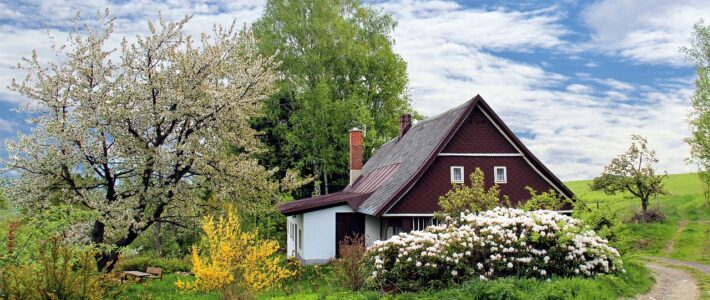
Are you dreaming of transforming your outdoor space into a serene oasis? You might think perfect landscaping means a sprawling lawn, lush flower beds, and neatly trimmed hedges. But there’s another element that can sprinkle natural beauty into your landscape design: dry creek beds.
Landscaping in Cypress TX is mostly dominated by beautiful lawns with perfect dry creek beds and seasonal colors of flowers. But why is adding dry creek beds so trending? These natural-looking features not only elevate the beauty of your landscape but also bring practical purposes.
Imagine winding paths that mimic nature’s streams, guiding the eye and softening hard edges in your yard. As more homeowners seek to blend functionality with aesthetics, dry creek beds are becoming a sought-after trend. Read on to find out why these charming additions are taking landscapes by storm and how you can incorporate one into your own garden paradise.
Reasons Why a Dry Creek Bed Is Trending
Dry creek beds are blasting the Internet lately, and many millennial and Gen-Z homeowners choose this feature for several compelling reasons. First, they offer a stunning visual appeal that adds depth and texture to any landscape. Their organic form can seamlessly blend with the surrounding environment.
Another appealing aspect is their eco-friendliness. Dry creek beds help manage rainwater runoff effectively, reducing erosion and promoting groundwater recharge. Low maintenance is another draw. Unlike traditional gardens requiring regular watering and upkeep, dry creek beds need minimal care once established.
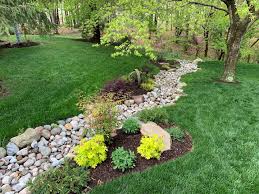
Choosing the Right Stones and Rocks for a Natural Look
A dry creek bed would be nothing without those perfect stone and rock formations. The choice of stones and rocks can make all the difference. Think about how these elements will harmonize with your landscape. Natural river rocks are a popular option. Their smooth surfaces and varied colors add an organic feel that mimics nature. You might also consider larger boulders for visual interest; they serve as focal points while breaking up the flow of smaller stones. You can even go beyond traditional by combining pebbles, gravel, and flat stones to create texture and depth in your design. Look for hues that complement surrounding plants or structures.
Plants and Grasses for Your Dry Creek Bed
When selecting plants for your dry creek bed, consider native species. They thrive in local conditions and require less maintenance. Grasses with varying heights add texture. Ornamental grasses like blue fescue or feather reed grass bring movement and softness to the landscape. Their gentle sway can mimic the flow of water. Succulents offer an eye-catching contrast. Varieties like sedum or hens-and-chicks are drought-tolerant and come in diverse shapes and colors. Don’t forget flowering perennials! Plants such as coneflowers or black-eyed Susans introduce vibrant blooms, attracting pollinators while adding seasonal interest.
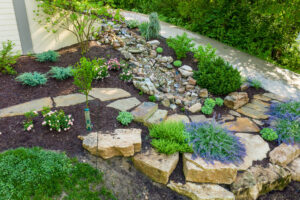
How to Design a Perfect Dry Creek Bed
Okay, you’ve got the basics in your head. You’ve even learned about the rock and stone choices and the plants that should be planted alongside. So, how can we design a perfect dry creek bed?
Designing a dry creek bed starts with planning the layout. Visualize how water would flow through your landscape. Professional landscapers use curves instead of straight lines for a more natural look. Next, mark the area where you’ll dig. A 6.5 to 12 inches depth is usually sufficient, allowing enough space for rocks and gravel while helping with drainage. Then, use the stones you’ve chosen. Larger boulders can serve as focal points, while smaller pebbles fill gaps beautifully.
Wrapping Up
Creating a perfectly designed dry creek bed in your landscape can simply bring your yard to life. These natural drainage solutions not only enhance the beauty of your outdoor beauty but also serve practical purposes, such as preventing erosion and managing water runoff. Just be sure to hire a professional landscaping company.…

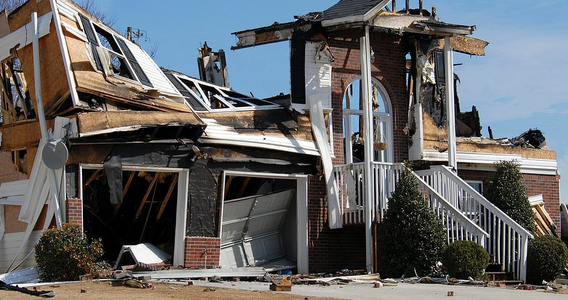







 One of the main reasons people opt to purchase mobile homes is because they are more affordable than traditional homes. The initial cost of a mobile home is typically much lower than that of a stick-built home, and monthly expenses are also lower. This makes mobile homes an excellent option for those with tight budgets.
One of the main reasons people opt to purchase mobile homes is because they are more affordable than traditional homes. The initial cost of a mobile home is typically much lower than that of a stick-built home, and monthly expenses are also lower. This makes mobile homes an excellent option for those with tight budgets. Mobile homes are also more energy efficient than traditional homes. It is because they are typically constructed with energy-efficient materials and appliances. In addition, mobile homes often have better insulation than conventional homes, which means they can keep your home warmer in the winter and cooler in the summer.
Mobile homes are also more energy efficient than traditional homes. It is because they are typically constructed with energy-efficient materials and appliances. In addition, mobile homes often have better insulation than conventional homes, which means they can keep your home warmer in the winter and cooler in the summer.
 One of the most important qualities to look for in an HVAC company is experience. You want a company that has been in business for a while and has a proven track record. This way, you can be sure they know what they’re doing and will be able to handle your needs. An excellent way to gauge a company’s experience is to ask how long they’ve been in business.
One of the most important qualities to look for in an HVAC company is experience. You want a company that has been in business for a while and has a proven track record. This way, you can be sure they know what they’re doing and will be able to handle your needs. An excellent way to gauge a company’s experience is to ask how long they’ve been in business. The first quality you should look for in an HVAC company is a good reputation. You can ask around town or check online to see what other people have said about the company. A good reputation means that the company is reliable and does good work. Another quality to look for is whether or not the company is licensed and insured.
The first quality you should look for in an HVAC company is a good reputation. You can ask around town or check online to see what other people have said about the company. A good reputation means that the company is reliable and does good work. Another quality to look for is whether or not the company is licensed and insured.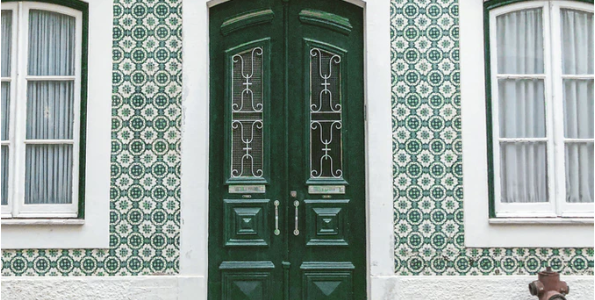
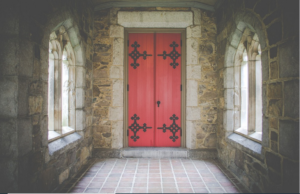 One of the essential features determining whether a security door is strong enough to protect you is the material used. It is possible to get a heavy material door that is well decorated to achieve security and classy features. There are various materials for doors, and the prices vary.
One of the essential features determining whether a security door is strong enough to protect you is the material used. It is possible to get a heavy material door that is well decorated to achieve security and classy features. There are various materials for doors, and the prices vary. Working with the best company to make your door and install it guarantees quality and standard. A reputable company aims at satisfying customers’ expectations. Some companies may compromise on quality to cut down the expenses. However, a certified company observes quality to give customers value for money.
Working with the best company to make your door and install it guarantees quality and standard. A reputable company aims at satisfying customers’ expectations. Some companies may compromise on quality to cut down the expenses. However, a certified company observes quality to give customers value for money.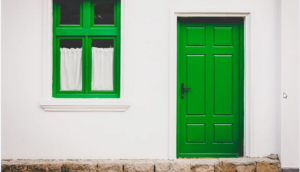 A lot goes into designing your
A lot goes into designing your 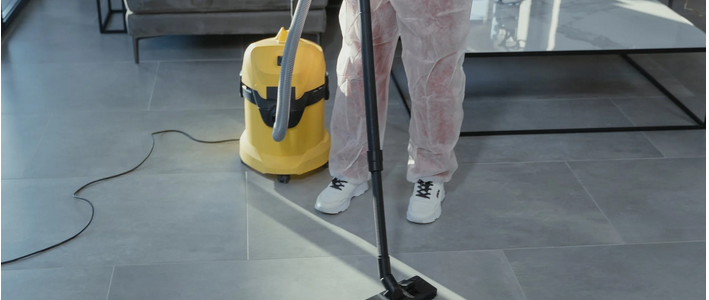
 Cleaning requires lots of time. But unfortunately, if you are a professional and spend many hours away from home, you may not have that time to spare and do the cleaning. Besides, you need your free time to rest, bond with family and friends, pursue your hobbies or attend to other crucial things. This is where the cleaning services come in handy because you pay for the work and have them clean your home and keep it habitable.
Cleaning requires lots of time. But unfortunately, if you are a professional and spend many hours away from home, you may not have that time to spare and do the cleaning. Besides, you need your free time to rest, bond with family and friends, pursue your hobbies or attend to other crucial things. This is where the cleaning services come in handy because you pay for the work and have them clean your home and keep it habitable. Although you may decide to clean your home by yourself, the chances are that you will not do excellent work. Some of the reasons include you may not have the necessary equipment and products, you lack the skills and experience to clean some areas, and time may be a problem, so you tend to clean hurriedly. Conversely, professional cleaners do an excellent job because they do it for a living, have all the necessary equipment, are well skilled and experienced, and take their time. Moreover, the companies ensure they deploy enough employees to handle a given job depending on its size and complexity.
Although you may decide to clean your home by yourself, the chances are that you will not do excellent work. Some of the reasons include you may not have the necessary equipment and products, you lack the skills and experience to clean some areas, and time may be a problem, so you tend to clean hurriedly. Conversely, professional cleaners do an excellent job because they do it for a living, have all the necessary equipment, are well skilled and experienced, and take their time. Moreover, the companies ensure they deploy enough employees to handle a given job depending on its size and complexity.


 A kitchen faucet is the sink tap. There are different styles and designs you can try out to enhance home beauty. A touchless kitchen faucet is one you should try out. It is a type of faucet that can be turned on and off easily with the help of motion sensors. You don’t have to deal with manual procedures.
A kitchen faucet is the sink tap. There are different styles and designs you can try out to enhance home beauty. A touchless kitchen faucet is one you should try out. It is a type of faucet that can be turned on and off easily with the help of motion sensors. You don’t have to deal with manual procedures. in a touchless faucet makes your kitchen unique. You will have a completely different experience when it comes to using such taps. Your kitchen will also look stylish with a touchless faucet.…
in a touchless faucet makes your kitchen unique. You will have a completely different experience when it comes to using such taps. Your kitchen will also look stylish with a touchless faucet.…
 price first before anything else. Two things that will determine the amount you have to pay include the items to be transported and the distance to your new home. You should discuss the fee. Comparing rates between different moving companies can also help you get the best.
price first before anything else. Two things that will determine the amount you have to pay include the items to be transported and the distance to your new home. You should discuss the fee. Comparing rates between different moving companies can also help you get the best.


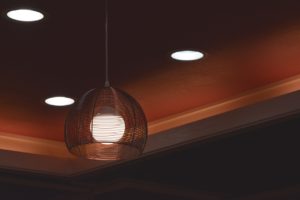

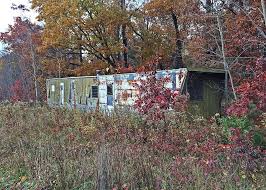 Selling your home can be difficult. There are mainly two types of buyers: a buyer who is willing to meet the asking price or one who is willing to buy in installments. How do other people sell their homes? Take some time and understand how other buyers sell their homes. Understanding the market is essential as it will help you come up with realistic expectations as far as selling your home is concerned.
Selling your home can be difficult. There are mainly two types of buyers: a buyer who is willing to meet the asking price or one who is willing to buy in installments. How do other people sell their homes? Take some time and understand how other buyers sell their homes. Understanding the market is essential as it will help you come up with realistic expectations as far as selling your home is concerned.

 HVAC consumes almost 90 percents of your house’s electricity. If some components do not work correctly, they may have caused wasteful power consumption. If you live in a one or two season country, then the air conditioning issue may not cost you significant money, but in four-season countries, abnormal use can raise the utility bills to seventy percents of their average cost.
HVAC consumes almost 90 percents of your house’s electricity. If some components do not work correctly, they may have caused wasteful power consumption. If you live in a one or two season country, then the air conditioning issue may not cost you significant money, but in four-season countries, abnormal use can raise the utility bills to seventy percents of their average cost. Seasonal changes are not the only factor that makes HVAC maintenance is necessary to do, at least once a year. When the heating system is broken, your sleep will be affected. In fact, in some cold regions, a broken HVAC system can mean the whole house is unlivable. During summer, maintaining cold and fresh air has become more than just keeping yourself comfortable. It has become a matter of survival too. Just recently, we have witnessed a deadly
Seasonal changes are not the only factor that makes HVAC maintenance is necessary to do, at least once a year. When the heating system is broken, your sleep will be affected. In fact, in some cold regions, a broken HVAC system can mean the whole house is unlivable. During summer, maintaining cold and fresh air has become more than just keeping yourself comfortable. It has become a matter of survival too. Just recently, we have witnessed a deadly 
 One of the best ways to take care of your vacuum cleaner is to empty the bag regularly. Unlike popular belief, you do not have to wait for the bag to fill up. Make sure that you leave the bag after every cleaning session.
One of the best ways to take care of your vacuum cleaner is to empty the bag regularly. Unlike popular belief, you do not have to wait for the bag to fill up. Make sure that you leave the bag after every cleaning session.

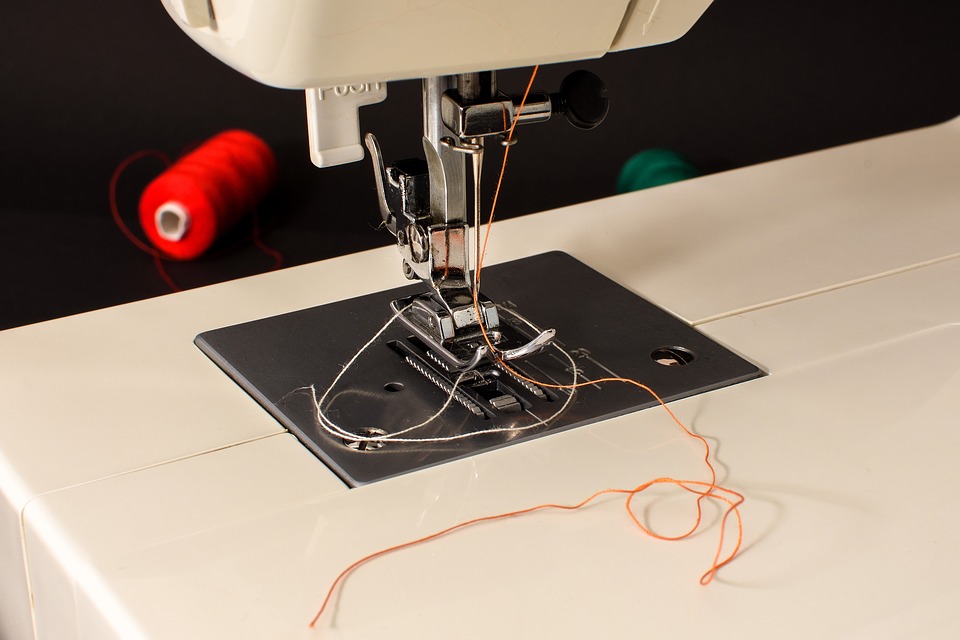
 This is a question that you should answer before purchasing your next machine. Mechanical machines have a few advantages like being simple to operate and light due to the absence of a computer. Furthermore, they required little maintenance if cleaned and oiled regularly making it perfect for you if you’re on a budget. On the other hand, a well maintained computerized machine can be imposing in sewing beautiful straight stitch all the time.
This is a question that you should answer before purchasing your next machine. Mechanical machines have a few advantages like being simple to operate and light due to the absence of a computer. Furthermore, they required little maintenance if cleaned and oiled regularly making it perfect for you if you’re on a budget. On the other hand, a well maintained computerized machine can be imposing in sewing beautiful straight stitch all the time.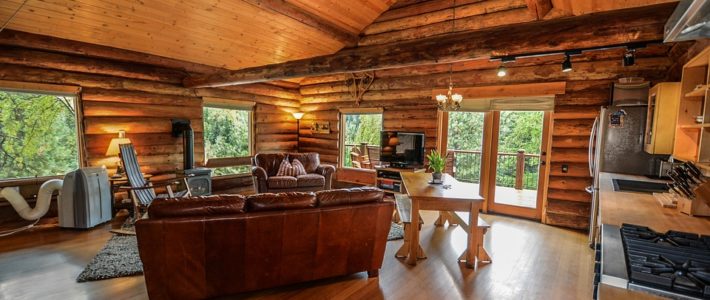
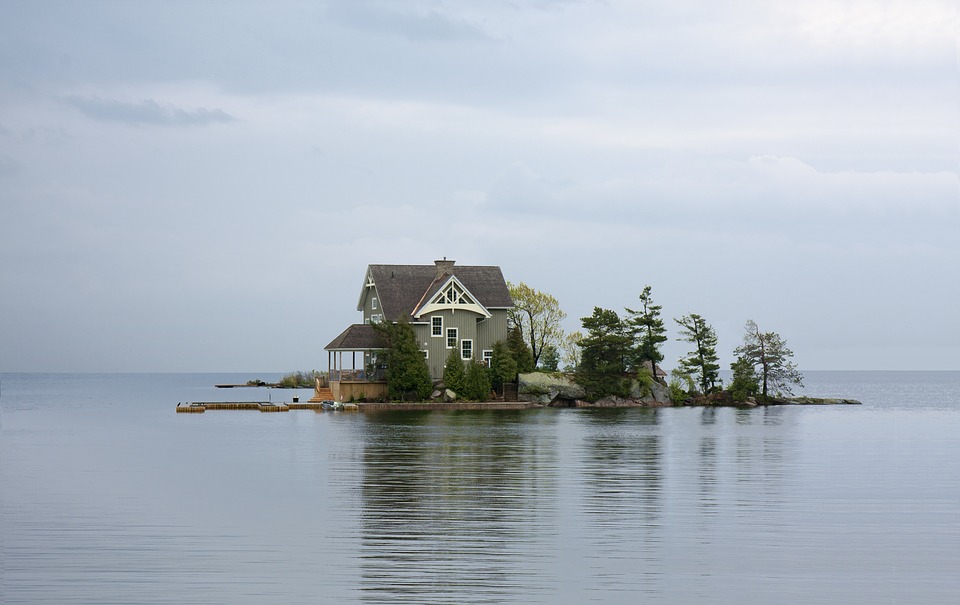
 Most people who go for vacations look for quiet and private neighborhoods. Yes, you heard me right! If you have had a nasty experience with noisy neighbors, then you wouldn’t want a repeat when you are on vacation. Before buying your vacation home, you should visit the neighborhood on a weeknight and weekends since weekends are famous for partying. Ensure that your neighbor’s gardens and driveways are well kept as those who want to buy your vacation home are not interested in living next to a scrapyard.
Most people who go for vacations look for quiet and private neighborhoods. Yes, you heard me right! If you have had a nasty experience with noisy neighbors, then you wouldn’t want a repeat when you are on vacation. Before buying your vacation home, you should visit the neighborhood on a weeknight and weekends since weekends are famous for partying. Ensure that your neighbor’s gardens and driveways are well kept as those who want to buy your vacation home are not interested in living next to a scrapyard.
 such tasks, and the successful repairs they have done in the past will help you pick the best. You can also get referrals from people who have had the chance of hiring them at one point. Getting a professional plumber is the best option rather than doing the whole task by yourself. Here is why.
such tasks, and the successful repairs they have done in the past will help you pick the best. You can also get referrals from people who have had the chance of hiring them at one point. Getting a professional plumber is the best option rather than doing the whole task by yourself. Here is why. this kind of task. Doing the job by yourself will require you to have them, and buying them can be quite expensive. The different tools they have will help ensure the job is carried out within a short period. How about you hire them for some quality service.…
this kind of task. Doing the job by yourself will require you to have them, and buying them can be quite expensive. The different tools they have will help ensure the job is carried out within a short period. How about you hire them for some quality service.…
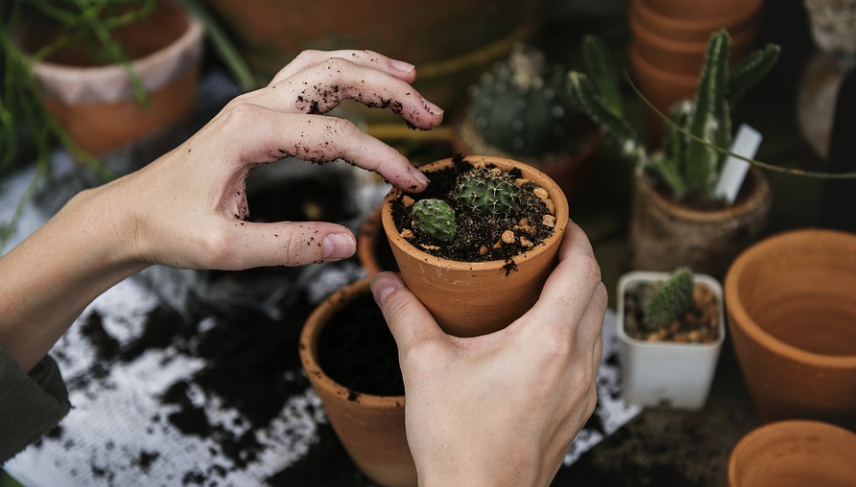
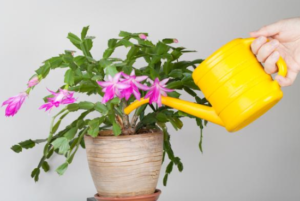 It might sound like common sense to water your plants but did you know that there is the right way of watering plants? Do not surprised to know that many homeowners get it wrong when it comes to watering their gardens. For healthy plants, you should give them the right amount of water and use the correct watering technique. During summer, for example, your plants should be watered two times a day, the morning and evening. The amount of water varies with the hardiness of the plant. Some will soak up everything while others will still have enough by evening.
It might sound like common sense to water your plants but did you know that there is the right way of watering plants? Do not surprised to know that many homeowners get it wrong when it comes to watering their gardens. For healthy plants, you should give them the right amount of water and use the correct watering technique. During summer, for example, your plants should be watered two times a day, the morning and evening. The amount of water varies with the hardiness of the plant. Some will soak up everything while others will still have enough by evening.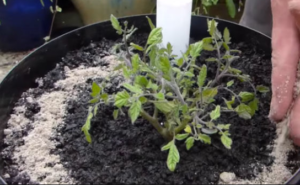 Potted plants need fertilizer, but they need more in the summer. Note that it does not mean that you should increase the frequency of adding fertilizers but maintaining the routine without a miss. During summer, plants depend on the fertilizers for nutrition.…
Potted plants need fertilizer, but they need more in the summer. Note that it does not mean that you should increase the frequency of adding fertilizers but maintaining the routine without a miss. During summer, plants depend on the fertilizers for nutrition.…

